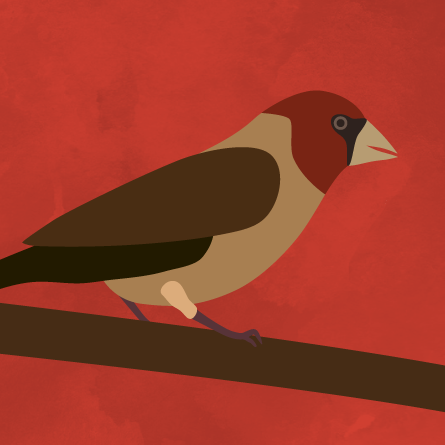![]()
Explore
Principles of Benevolence
Seventeenth-century British philosopher Thomas Hobbes held that much, if not all, of our decision making is guided by selfish desires. He famously wrote that even if a decision seems selfless, such as donating to charity, there are still selfish desires for this, such as experiencing power over other people, or the self-satisfaction we may feel. Some will also refer to Charles Darwin, co-opting the “survival of the fittest” argument as a way to justify self-interested decision making. Darwin once wrote:
“As a result of the struggle for existence, any variation, however slight and from whatever cause proceeding, if it be in any degree profitable to an individual of any species, in its infinitely complex relations to other organic beings and to external nature, will tend to the preservation of that individual, and will generally be inherited by its offspring. The offspring, also, will thus have a better chance of surviving, for of the many individuals of a species which are periodically born but a small number can survive. I have called this principle, by which each small variation if useful is preserved, by the term of Natural Selection."
Other philosophers concede that an instinctive selfishness is part of human nature, but also agree that we also have an inherent capacity to show benevolence to others. This view is called “altruism,” and maintains that at least some of our actions are motivated by instinctive benevolence (Darwin also wrote about this in On the Origin of Species—though this part of the argument is often overlooked or disregarded). That same act of charity, therefore, is not selfishly motivated, but is rather a demonstration of our fundamental need (and want) to help others.
If we view decision-making prompted only by human nature, this leaves no opportunity for agency and choice, and any discussion on ethics becomes more theoretical, rather than practical. And the end product for ethics, as Aristotle might say, should be action, and not just thought.
Teaching Strategy: “Be the Bird”
Game-informed teaching and learning is an emerging instructional design and pedagogical approach that is an engaging and viable way to reach the various knowledge types found in higher education. Classes can undergo complete gamification and/or incorporate game-based activities and interactions designed for students to gain foundational, conceptual and higher order thinking skills in a way that maintains, and even inspires, interest for students. This is more than a trend in education, however, because at the heart of this movement is the necessity for faculty to re-think, re-design, and most important, re-imagine their current teaching practices to help students achieve 21st-century skills.
Playing games can create cognitive, affective, and behavioral responses in people due, in part, to the visualization stimulus that occurs. It can improve and/or accelerate understanding because participants have to problem solve, create choices, make decisions and predict outcomes. Affective senses are heightened because the emotions evoked in players when playing will trigger the need to mitigate change and adapt to the situations presented in a game. These intense cognitive and affective responses can motivate behavioral change because a change in mind has occurred. Perhaps, most important, games can foster clear decision-making, develop strategy, and because of their immersive nature, in some contexts, can foster empathy.
"You Don't Just Throw Them Away"
Principles of Benevolence


